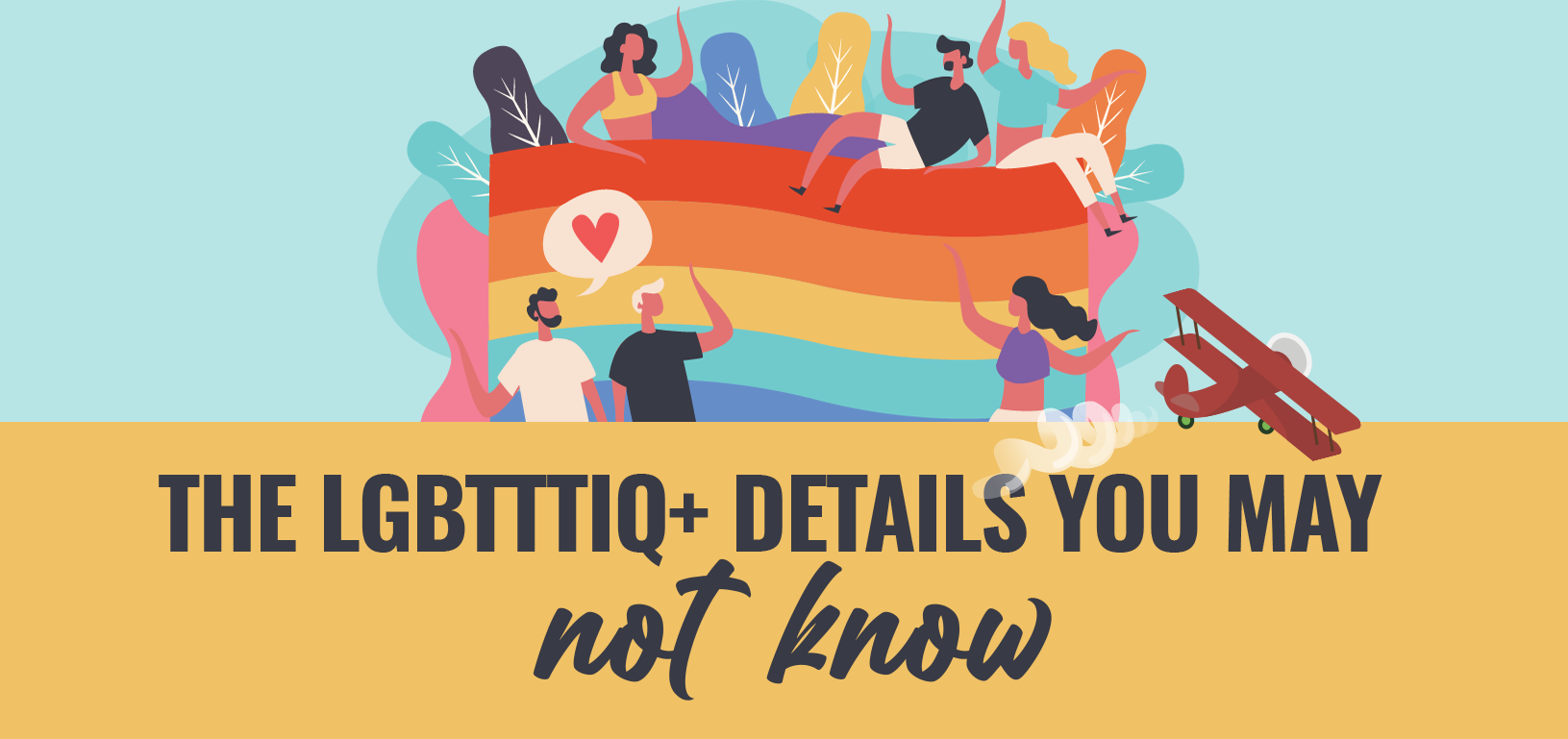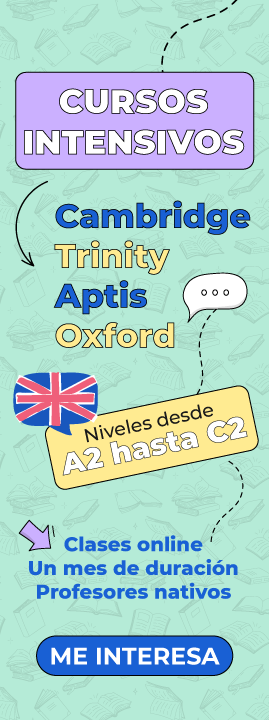The LGBTTTIQ community + details you may not know

The LGBTTTIQ + community refers to all those people who feel emotional, affective, and sexual affection towards people of the same sex or of several sexes. I will tell you a little about the community before continuing with the meaning of the acronyms.
ÍNDICE DE CONTENIDOS
When did the LGBT + movement originate?
The first official gay-lesbian-trans pride march occurred on July 2, 1992, in Argentina. More than 300 people were part of the march and several witnesses commented that the participants wore cardboard masks and bandanas to hide their identities and thus avoid being recognized.
What are the rights that the LGBT + community fights for?
This movement fights to vindicate the rights of people in the community such as homosexual marriage, allow homoparental adoption (that people from the LGBT + community have the opportunity to adopt), decriminalization of homosexuality in the various countries of the world, put an end to discrimination of sexual orientation and gender identity or gender expression.
Fight against bullying and non-discrimination towards children and adolescents belonging to the community, prohibit “restorative or conversion therapies”, are those “therapies” if they can be said so, where they try to change the sexual orientation of a person or change the way of thinking of the community member.
The community seeks to recognize the self-determination of gender to Transgender and Transsexuals (Transgender & Transsexuals) so that they can access the legal modification of their identity (name and registered sex) in official and legal documents. They seek access to sex reassignment surgeries and hormone replacement therapy.
They fight for people in the community to serve openly in the military and military, for permission for Gays & Lesbians to donate blood fairly and openly.
A common doubt
Are the LGBT + community and Feminism in the same collective?
The answer is no, I’ll explain.
At first, feminism was part of the collective that today is called the LGBT + community but in its day, where only students who wanted to fight for their rights, over the years feminism began to ignore (without knowing it) The rights that Gays, Lesbians, Bisexuals, and Trans were looking for so they decided to make their first break.
Feminism became an independent movement advocating for gender equality rights for women while the LGBT + community focused on the rights they have always sought.
The term “LGBT +”
It was created to refer through the initials of the activist students who attended the marches and struggles in Europe and the United States to defend their rights from the 1960s, but no one knows exactly who was the first person to use that abbreviation to refer to the community, or who was the creator.
A curious fact is that many disagreed about including Bisexuals in the collective. Well, they did not have to disclose their sexual orientation exactly but when it was discussed more thoroughly it was concluded that Bisexual people should enter the purpose; Well, they are also discriminated against and deserve rights because although they are attracted to people of the opposite sex, they are also attracted to people of the same sex and that already includes them.
Once that little introduction is finished, we move on to the topic in question:
I will explain the meaning of the acronyms
- Lesbian / Lesbians: Women who feel attraction and affection towards other women.
- Gays / Gays: Men who feel attraction and affection towards other men.
- Bisexual / Bisexual: People who feel attraction and affection towards people of the same or opposite sex.
- Transgender / Transgender: People who identify and express themselves with a gender other than biological gender but do not want to make modifications to their body.
- Transvestite / Transvestite: People who adopt behaviors, clothing, and expressions that are of a gender different from that of birth, but without this interfering with the orientation of each transvestite person.
- Transsexuals / Transsexuals: People who have modified their biological sex and acquired the characteristics of the opposite sex.
- Intersex / Intersex: People who were born with biological characteristics of both sexes.
- Queer / Queer: They are the people who construct and manifest their sexuality outside of any gender classification.
Special mention of subgenres of the community
- Gender Non-Binary / Gender Non-Binary: They are people who do not identify with binary genders (female and male) or who partially identify with one of them.
- Gender Fluid / Gender Fluid: They are the people who can identify with both binary genders since they move between them every day and feel comfortable with both pronouns (he and she/he & she).
- Neutral Gender / Neutral Gender: Refers to people who do not feel comfortable with identifying with a single gender, but prefer to be described in inclusive language.
Inclusive language has been used more over time and is more comfortable for people with a neutral or non-binary gender, it is expressed with the letter “e” at the end of the words (elle or elles / they & them)
The most pleasant thing for people who identify with a gender other than biological or who do not identify with any is to ask the people in question. Some may prefer the use of feminine pronouns (ella or la / she & her); and others that are identified with masculine pronouns (el / he & him), the best thing is how everyone has adapted to this way of communicating.
Some examples that might help
- A person with somewhat masculine features such as the jaw, wide back, and without too much waist was born as a girl (that is her biological sex) but is comfortable with masculine pronouns, she refers to herself as he (he & him). We can also use that same example with the slight alteration that instead of feeling comfortable using masculine pronouns, she wants to be referred to as a girl (she & her), despite the traits that do not normally fit with those of a woman.
- A person with feminine features such as a small waist, delicate features, thin and small hands was born as a boy (that would be his biological sex) and despite these characteristics, he is comfortable with masculine pronouns (he & him). Or as in the previous example, we change things a bit and the person in question feels comfortable with feminine pronouns (she & her).
- Another quite practical example would be a person who, regardless of their features, voice or clothes, feels comfortable with any pronoun (regardless of their biological sex), they are people who can be fine when they talk about her (she & her) or the (he & him).
There are cases of boys who dress in skirts, dresses and wear makeup and identify as men. In other cases of girls who wear loose clothes and do not put on makeup who feel like girls, they like to be referred to as women.
When you walk down the street and you see one of these rare cases and you want to interact with these people, do not forget to ask their pronouns. It is better for everyone and that way they feel comfortable, it is better to ask than to assume because normally each person is a different world.
The important thing is inclusion. We know that this topic could be controversial for many, but our intention from the respect is to provide you with all the information about this and many other topics.



